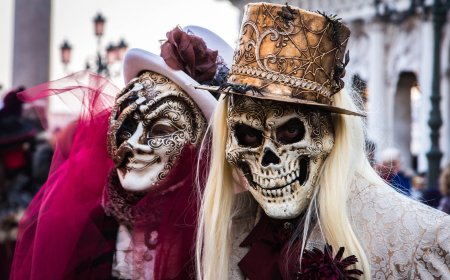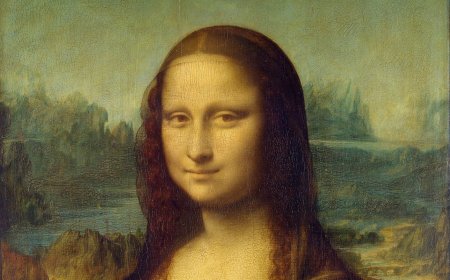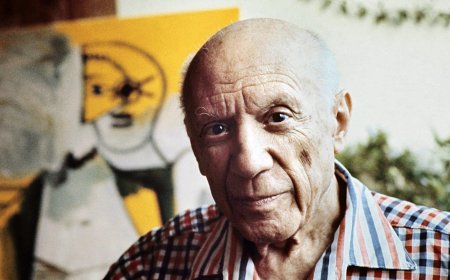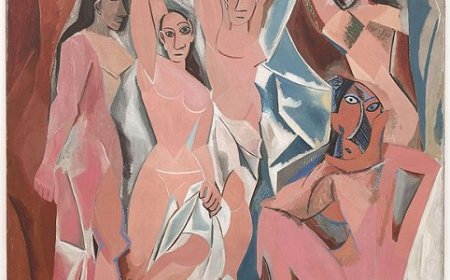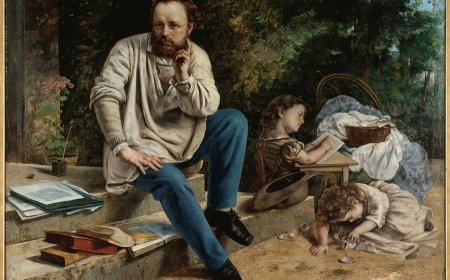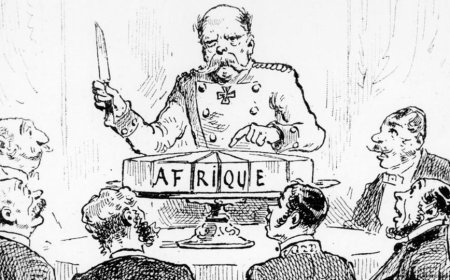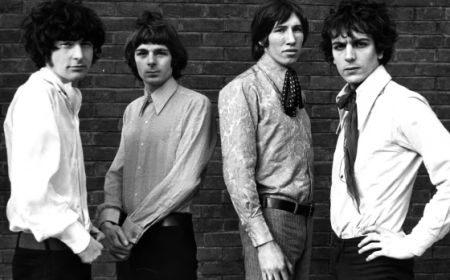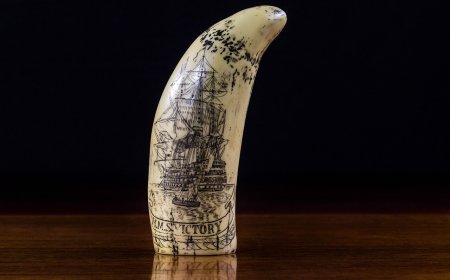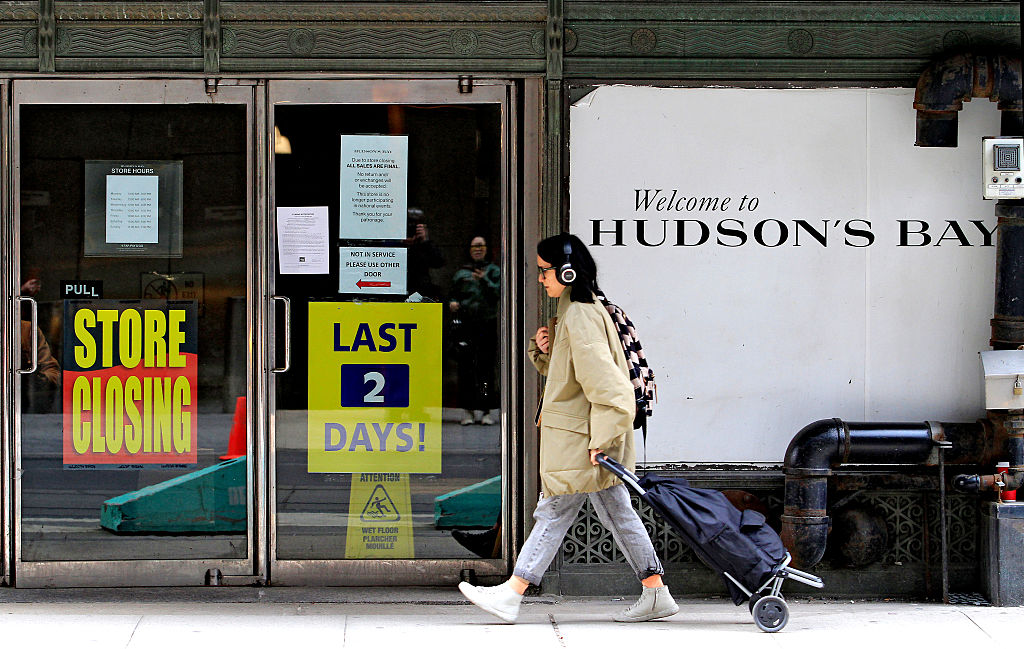Romeo and Juliet: how a great fictional love turned into a real lucrative business
More than 400 years after his death, Shakespeare still inspires lovers allover the world. Romeo and Juliet is a literary classic, but for Verona it is more than that: in the city where the plot takes place, the book is a false memory that for many has become a way of life.
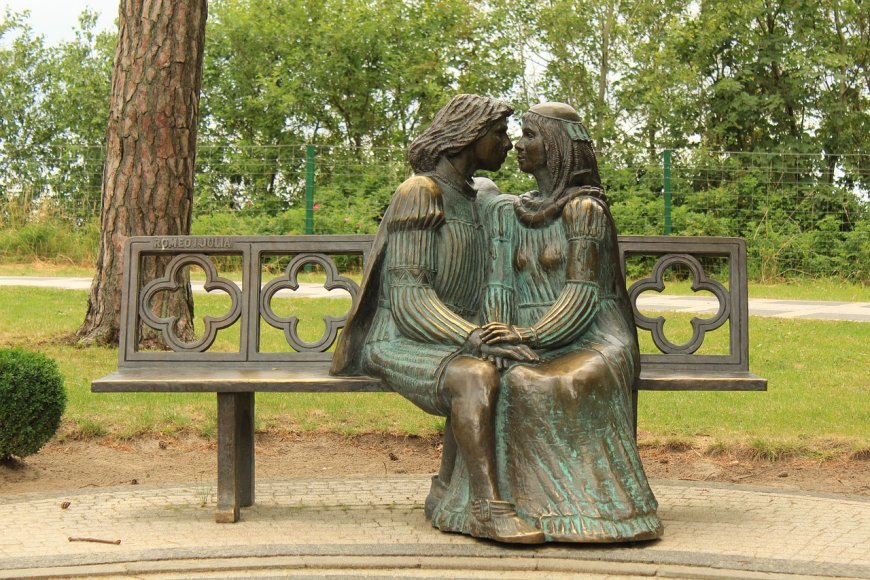
Bringing literary characters to life is common in theater and cinema. But there are also entire cities that do it. In Verona, the scene of Shakespeare's famous tragedy, Romeo and Juliet gained the status of illustrious ancestors. And today it is even possible to visit the homes of estranged families, the place where lovers secretly meet, their more intimate spaces. It's all made up, and everyone knows it. But who cares?
The story of Romeo and Juliet is one of the most famous and enduring romantic tragedies in literature, written by William Shakespeare and first published in 1597. Shakespeare's play is a work of fiction, and he based it on several sources, including an Italian tale by Luigi da Porto and a poem by Arthur Brooke. While Shakespeare may have drawn inspiration from various real-life events and people, the specific characters of Romeo and Juliet are not believed to have actually existed.
But in Verona, Italy, the setting of Shakespeare's play "Romeo and Juliet," there are places and landmarks associated with the legendary characters. Over the centuries, the city of Verona has embraced its connection to the fictional story of Romeo and Juliet and has turned it into a significant tourist attraction.
One of the most famous sites is the Casa di Giulietta, or Juliet's House, which is believed to have inspired the Capuleto family residence described in the play. The house features a balcony, which tourists often visit and take photos with, evoking the iconic balcony scene from the play.
Additionally, there is a bronze statue of Juliet in the courtyard of the house, and it is a tradition for visitors to rub Juliet's right breast for luck in love. Letters and notes written by lovestruck tourists are also left on the walls of the courtyard. The city has fully embraced the romantic allure of the Romeo and Juliet story, and it has become a popular destination for couples and romantics.
While Romeo and Juliet themselves are fictional characters, Verona has capitalized on the enduring popularity of Shakespeare's play, and the connections to the story have become an important aspect of the city's tourism industry. So, while it may not be based on historical reality, the link between Verona and the Romeo and Juliet myth has certainly become a business and a part of the city's cultural identity.
The story
"Romeo and Juliet" takes place in Verona, Italy, during the Renaissance era. Main Characters are Romeo Montague, a young, passionate, and impulsive member of the Montague family, Juliet Capuleto, a beautiful and innocent young woman from the rival Capulet family, Friar Laurence, a wise and well-intentioned Franciscan friar, Mercutio, Romeo's close friend, witty and loyal, Tybalt, Juliet's hot-headed cousin, a skilled swordsman, Lord and Lady Capuleto, Juliet's parents, and Lord and Lady Montague, Romeo's parents.
The Montagues and Capuletos, two feuding noble families in Verona, are involved in a longstanding and bitter conflict. At a Capuleto party, Romeo, disguised, falls in love with Juliet at first sight. Unaware of each other's identities, they share a passionate exchange.
Romeo and Juliet discover each other's true identities and continue to meet in secret, aided by Friar Laurence. They decide to marry, hoping their union will bring an end to the feud.
A street brawl erupts between Tybalt and Mercutio, resulting in Mercutio's death. Romeo seeks revenge and kills Tybalt, leading to his banishment from Verona. Juliet is devastated by the news but agrees to marry Paris, a suitor chosen by her parents, to conceal her love for Romeo.
In desperation to avoid the marriage with Paris, Juliet seeks Friar Laurence's help, who devises a plan. He gives Juliet a potion that will make her appear dead for 42 hours. The Friar promises to inform Romeo of the plan so that they can be reunited.
The plan goes awry when Romeo, unaware of the Friar's scheme, hears of Juliet's apparent death from his servant, Balthasar. Grief-stricken, Romeo buys poison and rushes to Juliet's tomb. There, he encounters Paris, whom he kills in a duel. Romeo finds Juliet apparently lifeless and takes the poison, dying by her side.
Moments later, Juliet wakes up, finding Romeo dead. Unable to live without him, she stabs herself with his dagger. The tragedy of their love and the feud between their families finally come to light. The Montagues and Capuletos reconcile, realizing the devastating cost of their hatred.
In the end, the play serves as a poignant reminder of the destructive nature of unchecked hatred and the power of love to bridge the divides between individuals and communities.
As most of Shakespeare's plays, this tragedy is fictional and not based on true stories. They are products of his imagination and storytelling prowess, crafted to entertain and provoke thought rather than accurately reflect historical events. Nonetheless, the timeless themes of love, conflict, and fate explored in Romeo and Juliet continue to resonate with audiences to this day.
























